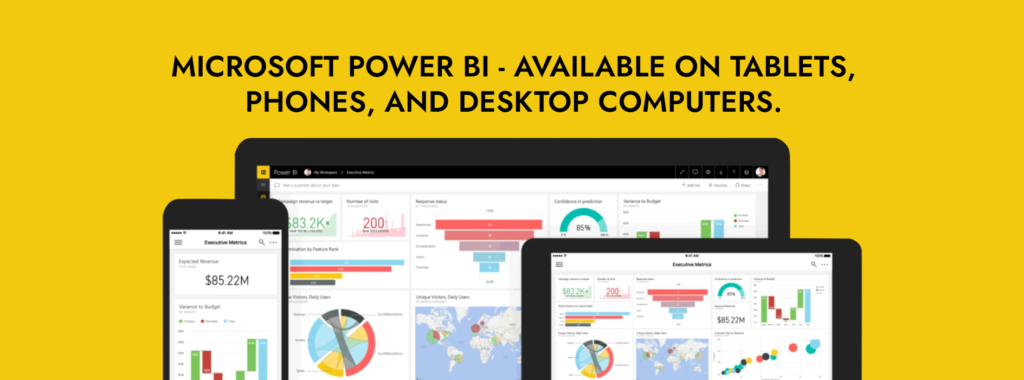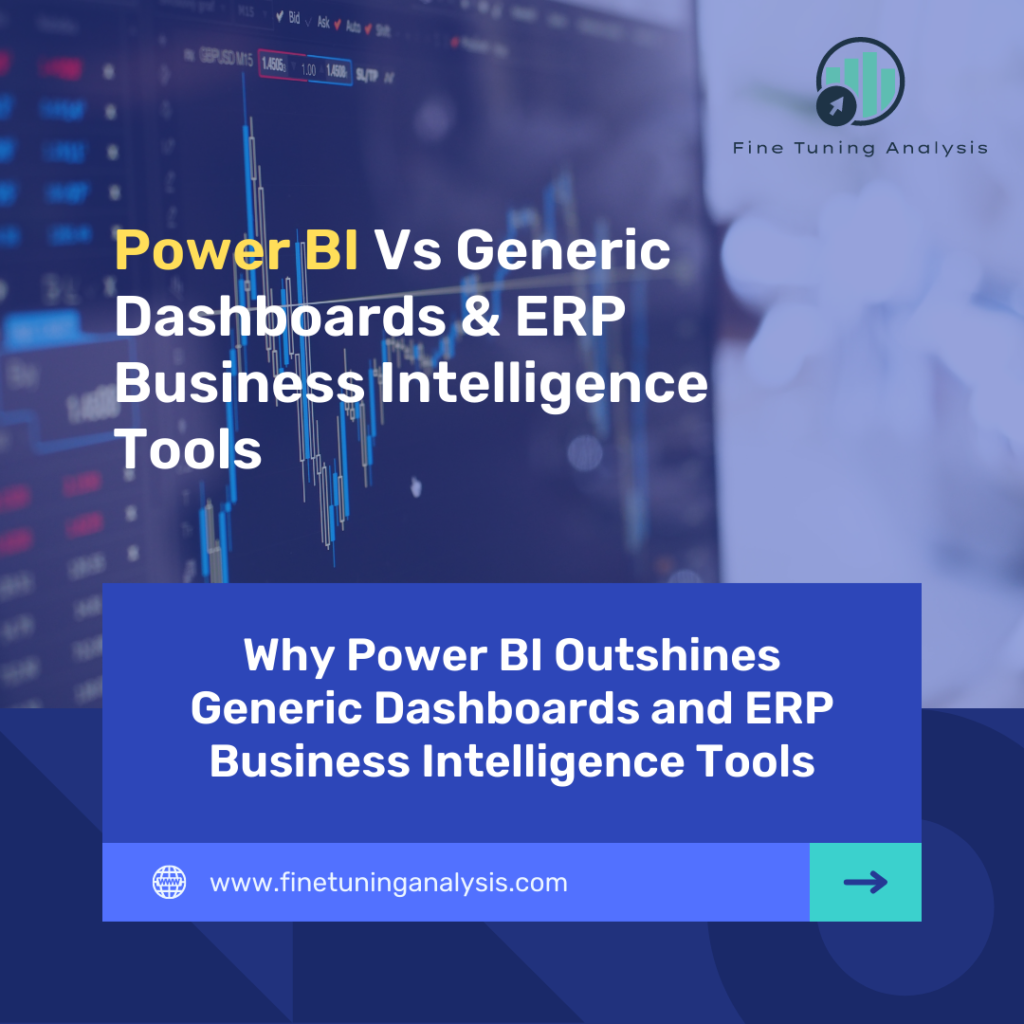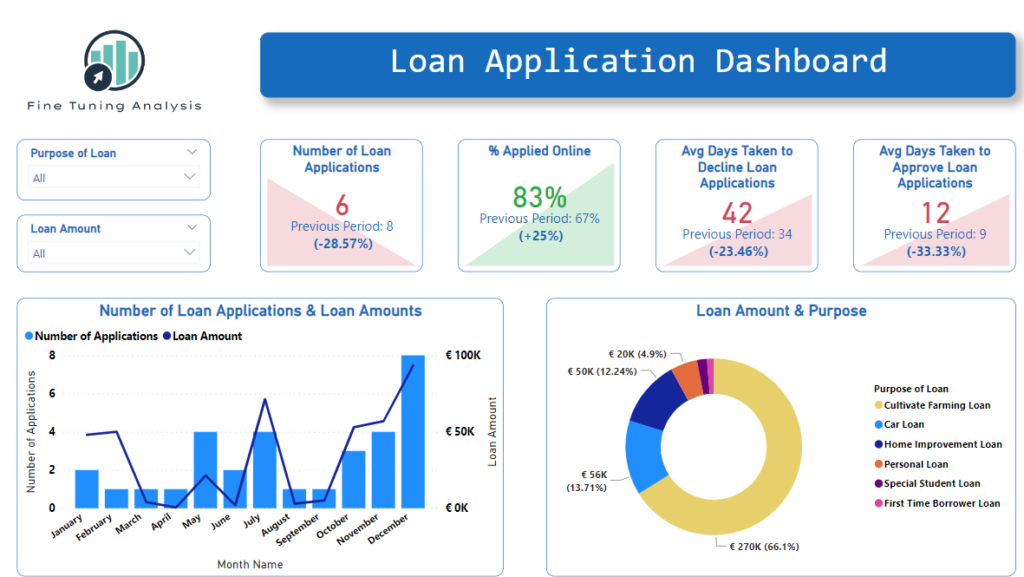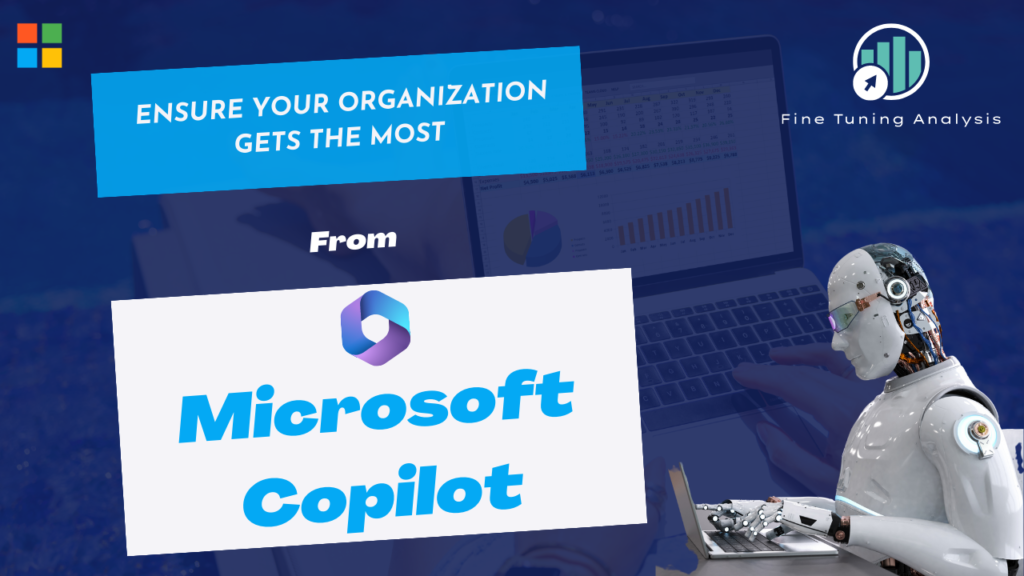Written by : Shaun Buckley
Introduction
During recent negotiations with a prospective client regarding the implementation of Power BI, we were surprised by the information that emerged concerning their software provider. Not only did this provider charge significantly higher fees than Microsoft Power BI, for the use of their own BI tool. It also fell short in meeting client’s requirements.
To our surprise, when the client requested access to their own database for integration with Power BI, the software provider informed them that they had decided to abandon their own BI tool, despite having previously charged clients substantial amounts for its use. Instead, they now plan to implement Power BI for their clients. Quite a statement considering their complete lack of mention of Power BI on their website.
Considering the above details, and with with the recent trend of ERP systems developing their own BI tools, we believe it is crucial to educate businesses about the importance of conducting thorough due diligence when embarking on a Business Intelligence Tool Implementation process. Implementing a BI tool is a significant investment that demands the expertise of certified professionals in the field.
In today’s data-driven world, businesses of all sizes rely on comprehensive insights to make informed decisions. To accomplish this, organizations often turn to business intelligence (BI) tools and dashboards. While traditional generic dashboards and business intelligence tools that come with Enterprise Resource Planning (ERP) systems have their merits, there’s a rising star in the BI realm that is revolutionizing data analytics: Power BI.
In this blog post, we’ll explore the key differences between generic Dashboards/ERP BI tools and Power BI, highlighting why Power BI stands out as a more valuable solution.

Five Compelling Reasons Why Power BI Surpasses Traditional ERP Systems
1) Flexibility and Customization: One of the defining characteristics of Power BI is its unparalleled flexibility and customization capabilities. Unlike generic dashboards or EPR BI tools, which often come with limited options for customization, Power BI allows users to tailor reports, visualizations, and data models to fit their specific business requirements. With an intuitive drag-and-drop interface and an extensive library of customizable visual elements, Power BI empowers users to create dynamic and interactive dashboards that provide meaningful insights in a visually compelling manner.
2) Seamless Data Integration: In today’s interconnected business landscape, data resides in various sources, including cloud platforms, databases, spreadsheets, and more. Power BI excels in its ability to seamlessly integrate data from multiple sources, enabling users to consolidate and analyze information from disparate systems in real-time. This agility in data integration sets Power BI apart from generic dashboards and EPR BI tools, which may require complex and time-consuming data extraction and transformation processes.
3) Advanced Analytics and AI Capabilities: Power BI goes beyond traditional business intelligence tools by incorporating advanced analytics and artificial intelligence (AI) capabilities. With built-in features such as natural language processing, predictive modeling, and machine learning algorithms, Power BI enables businesses to gain deeper insights, identify trends, and uncover hidden patterns in their data. This empowers users to make data-driven decisions that can drive business growth and enhance operational efficiency, setting Power BI apart from the limited analytical capabilities of generic dashboards and EPR BI tools.
4) Cloud-Based Collaboration and Accessibility: Power BI’s cloud-based architecture facilitates seamless collaboration among teams, regardless of their physical location. Users can easily share dashboards, reports, and interactive visualizations with colleagues and stakeholders, fostering a culture of data-driven decision-making. Additionally, Power BI offers robust mobile apps that enable users to access and interact with their data on the go, ensuring critical insights are available anytime, anywhere. This level of accessibility surpasses the limitations of generic dashboards and EPR BI tools, which may lack cloud-based collaboration features or mobile-friendly interfaces.
5) Expansive Community and Extensive Integration: Power BI benefits from a vibrant community of users and developers, contributing to an extensive library of pre-built reports, templates, and connectors. This ecosystem enables organizations to leverage existing resources, saving time and effort in report creation. Moreover, Power BI integrates seamlessly with other Microsoft products, such as PowerPoint, Excel, SharePoint, and Teams, as well as third-party applications, further enhancing its value proposition. Generic dashboards and EPR BI tools may lack such an extensive community and integration options, limiting their compatibility and potential for innovation.
Effortlessly Export Power BI Reports and Dashboards to PowerPoint in Seconds
Addressing Key Challenges encountered in ERP Systems for Reporting using Power BI
- Limited Data Visualization: ERP systems often lack robust data visualization capabilities, making it challenging to interpret and present data in a visually engaging manner. Power BI addresses this issue by offering a wide range of interactive and customizable visualizations, empowering users to present data effectively and gain actionable insights.
-
Complex and Time-Consuming Reporting Processes: Reporting in ERP systems can be cumbersome and time-consuming, involving manual data extraction, manipulation, and report generation. Power BI streamlines this process by automating data extraction and providing intuitive self-service reporting features, significantly reducing the time and effort required to create accurate and up-to-date reports.
-
Insufficient Data Integration: ERP systems may face difficulties when integrating data from multiple sources or external systems, resulting in fragmented and incomplete reports. Power BI overcomes this challenge by seamlessly connecting to various data sources, allowing users to consolidate data from diverse systems and create comprehensive reports with ease.
Limited Analytical Capabilities: ERP systems often provide basic analytical functionalities, restricting users from performing in-depth analysis and gaining deeper insights. Power BI excels in this aspect by offering advanced analytical tools, such as data modeling, calculations, and custom calculations, enabling users to perform complex analyses and extract valuable business intelligence.
-
Inflexible Report Customization: ERP systems may have limited options for customizing reports according to specific business requirements. Power BI addresses this limitation by providing extensive customization capabilities, allowing users to tailor reports to their exact needs by choosing relevant visualizations, adding calculated measures, and applying branding elements.
Conclusion
While generic dashboards and EPR BI tools have their place in certain contexts, Power BI emerges as a more valuable solution for businesses seeking to unlock the full potential of their data. Its flexibility, seamless data integration, advanced analytics capabilities, cloud-based collaboration, and expansive community make Power BI a compelling choice for organizations aiming to drive data-driven decision-making and achieve a competitive edge. Embrace the power of Power BI, and unleash the true potential of your business intelligence endeavors.
Related posts:
- How Power BI helped a local Credit Union get the most of their data, become more efficient & make better data driven decisions. Written by : Shaun Buckley View the Interactive Power BI Report In today’s fast-paced business environment, organizations are constantly looking for ways to gain insights from their data and make better-informed...
- Unleashing Efficiency and Innovation: Exploring Microsoft Copilot in the Microsoft Power Platform and Office 365 Written by : Shaun Buckley Introduction In today’s rapidly evolving digital landscape, organizations are constantly seeking ways to boost efficiency, enhance collaboration, and accelerate innovation. Microsoft Copilot emerges as a powerful...
- What is the Microsoft Power Platform & what can it offer organizations? Written by : Shaun Buckley Introduction In this day & age, businesses are constantly seeking innovative solutions to streamline their operations, enhance productivity, and deliver exceptional customer experiences. Microsoft Power Platform...
- While 85% of Irish Credit Unions recently surveyed have heard of the Microsoft Power Platform, only 15% are utilizing the tools. Should this be higher? 🤔 Have a read as we discuss the impact we believe this data will have on Credit Unions in the coming years. Written by : Shaun Buckley Introduction In a recent survey at the CUMA Exhibition back in September encompassing 20 Credit Unions, we delved into the digital habits of these the numerous...


